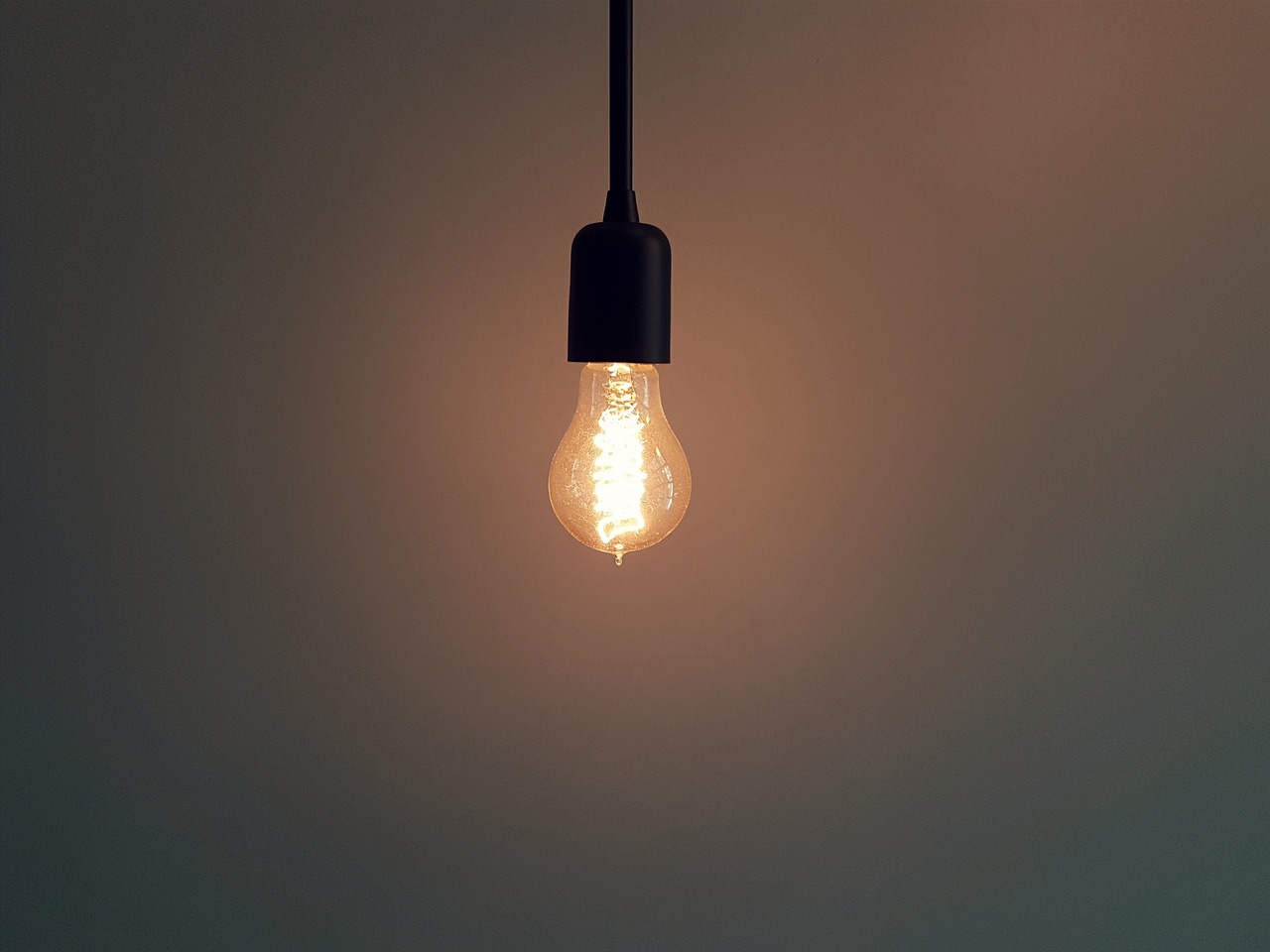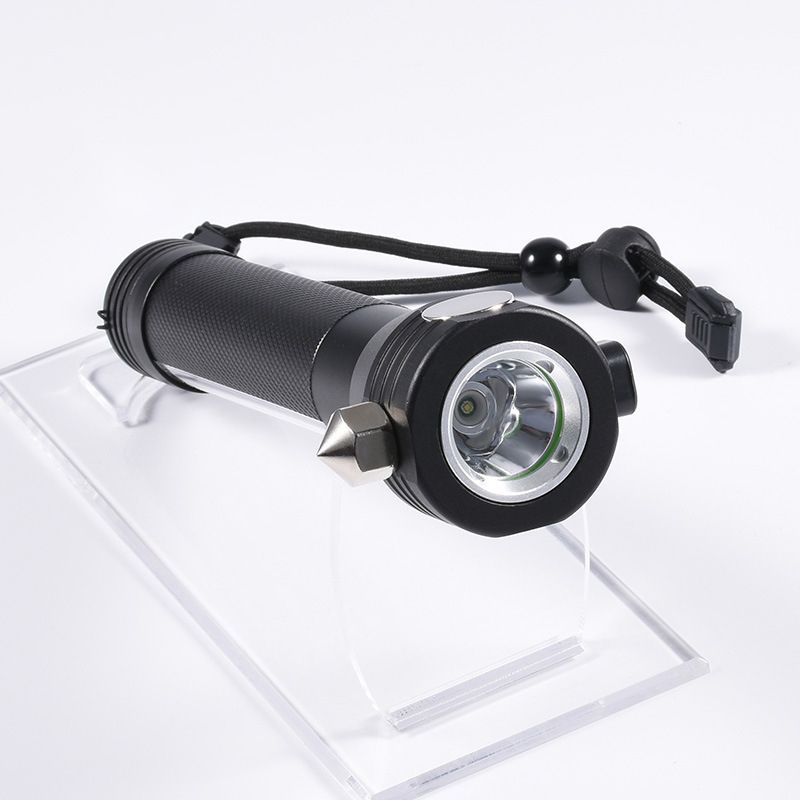LED Flashlights: Advantages Over Incandescent Bulbs

LED flashlights revolutionize portable lighting with their unmatched energy efficiency and durability, showcasing numerous LED advantages. Unlike incandescent bulbs, LEDs consume significantly less power while delivering the same brightness. Modern LEDs achieve up to 312 lumens per watt, compared to just 14-17.5 lumens for incandescent bulbs. This efficiency reduces battery usage, extends lifespan, and minimizes environmental impact.
By choosing LED flashlights, you gain a reliable, cost-effective, and eco-friendly lighting solution that outperforms traditional options, highlighting the many LED advantages.
Key Takeaways
LED flashlights use much less energy than regular bulbs. This helps save power and money.
LED flashlights can last up to 25,000 hours. They last longer than regular bulbs, so you replace them less often.
Using LED flashlights is better for the planet. They use less power and create less trash, helping the environment.
Energy Efficiency of LED Flashlights

Lower Power Consumption
LED flashlights are designed to maximize energy efficiency by utilizing light-emitting diodes. These diodes produce bright illumination while consuming minimal power. Unlike incandescent bulbs, which waste a significant amount of energy as heat, LEDs convert nearly all their energy into visible light. This makes them an energy-efficient choice for portable lights. For instance, LEDs consume up to 80-90% less electricity than incandescent bulbs, making them ideal for reducing energy consumption without compromising brightness.
Extended Battery Life
One of the key features of LED flashlights is their ability to extend battery life. LEDs are highly efficient, even when battery power starts to weaken. They increase resistance to conserve energy, allowing the flashlight to operate longer. In contrast, incandescent flashlights fade quickly as their efficiency drops under low power. This means you can rely on LED portable lights for extended use, whether you're camping, working, or dealing with emergencies.
Comparison of LED and Incandescent Lights
The comparison of LED and incandescent lights highlights the superior efficiency of LEDs. Incandescent bulbs convert only about 2% of their energy into visible light, wasting 98% as heat. LEDs, on the other hand, utilize electroluminescence to achieve nearly 100% usable light. The table below illustrates the differences:
Light Type | Energy Consumption Reduction | Lifespan Comparison |
|---|---|---|
Incandescent | N/A | N/A |
LED | 75% less | Lasts up to 25 times longer than incandescent |
By choosing LED flashlights, you benefit from reduced energy consumption, longer battery life, and a more sustainable lighting solution. These advantages make LEDs the preferred option for energy-efficient portable lights.
Brightness and Durability of LED Flashlights
Superior Brightness Levels
LED flashlights deliver exceptional brightness, making them a reliable choice for various situations. Unlike incandescent flashlights, which often struggle to provide consistent illumination, LEDs excel in producing clear and focused light. This is due to the advanced technology of light-emitting diodes, which efficiently convert energy into visible light. LED flashlights ensure superior brightness levels, offering better visibility whether you're exploring the outdoors or working in dimly lit areas. With lumens as a measure of brightness, LEDs outperform traditional options, providing unmatched clarity and reliability. This enhanced brightness is one of the key LED advantages that sets them apart from incandescent lights.
Longer Lifespan
The longevity of LED flashlights is another significant benefit. While incandescent flashlights typically last around 1,200 hours, LEDs boast an impressive average lifespan of up to 25,000 hours. This remarkable life expectancy means you won't need to replace your flashlight as frequently, saving you both time and money. The table below highlights the stark difference in lifespan between the two types:
Flashlight Type | Average Lifespan (hours) |
|---|---|
Incandescent | 1,200 |
LED | 25,000 |
By choosing LED flashlights, you invest in a durable and long-lasting lighting solution that outshines traditional options in terms of life expectancy.
Resistance to Heat and Impact
LED flashlights are designed to withstand extreme conditions, making them ideal for rugged use. Their construction incorporates robust materials and advanced engineering, ensuring durability even in challenging environments. Unlike incandescent flashlights, which are prone to damage from heat or impact, LEDs maintain their performance under tough conditions.
LED lights are more reliable and durable than incandescent lights.
They perform exceptionally well in outdoor and emergency scenarios.
Users often praise LED flashlights for their compact design and efficiency. Whether you're hiking in the heat or dealing with accidental drops, LEDs provide consistent performance. This combination of brightness and durability makes them the perfect choice for portable lights in demanding situations.
Cost-Effectiveness of LED Flashlights
Reduced Replacement Costs
LED flashlights offer significant savings by reducing replacement costs. Unlike incandescent flashlights, which require frequent bulb changes due to their short lifespan, LEDs last much longer. With an average lifespan of up to 25,000 hours, LEDs outshine incandescent bulbs, which typically last only 1,200 hours. This durability means you won't need to replace your flashlight as often, saving both time and money. Over time, the reduced need for replacements makes LED flashlights a cost-effective choice for anyone seeking reliable lighting solutions.
Long-Term Energy Savings
LED flashlights excel in energy efficiency, which translates to substantial long-term savings. LEDs consume 80-90% less energy than incandescent bulbs, significantly lowering energy consumption. This efficiency not only extends battery life but also reduces electricity costs if you're using rechargeable batteries. While the upfront cost of an LED flashlight may be higher, the long-term savings on energy and replacements more than compensate for the initial investment. By choosing LEDs, you benefit from a sustainable and economical lighting solution that pays off over time.
Comparison of LED and Incandescent Lights in Cost
When comparing LED and incandescent flashlights, the cost differences become clear:
Incandescent bulbs have a lower upfront cost, making them initially more affordable.
LEDs, however, offset their higher initial price with a longer lifespan and reduced energy consumption.
LEDs consume significantly less energy, leading to lower electricity costs over time.
Although incandescent flashlights may seem cheaper at first glance, their frequent replacements and higher energy usage make them more expensive in the long run. LEDs provide a better return on investment, combining durability, efficiency, and long-term savings.
Investing in LED flashlights ensures you enjoy the benefits of advanced technology, reduced costs, and reliable performance.
Versatility and Environmental Impact
Adaptability to Various Applications
LED flashlights excel in versatility, making them suitable for a wide range of applications. Whether you need a reliable light source for outdoor adventures, emergency situations, or professional tasks, these flashlights deliver consistent performance. Their compact design and lightweight construction make them easy to carry, while their advanced technology ensures optimal brightness in any setting. You can also find LED flashlights tailored for specific needs, such as waterproof models for marine use or high-lumen options for search-and-rescue operations. This adaptability highlights the unmatched utility of LED technology in modern lighting solutions.
Eco-Friendly Design
The eco-friendly design of LED flashlights sets them apart from traditional incandescent options. LEDs consume minimal power, reducing energy consumption and extending battery life. They also last significantly longer, with lifespans reaching up to 50,000 hours compared to the 1,000 to 2,000 hours of incandescent bulbs. This longevity minimizes waste and the need for frequent replacements. The table below illustrates the environmental benefits of LED flashlights:
Feature | LED Flashlights | Incandescent Flashlights |
|---|---|---|
Energy Consumption | Minimal power usage | Higher power usage |
Lifespan | Up to 50,000 hours | 1,000 to 2,000 hours |
Environmental Impact | Reduced impact | Greater impact |
By choosing LED flashlights, you contribute to a more sustainable future while enjoying the benefits of advanced technology.
Reduced Carbon Footprint
LED flashlights significantly reduce your carbon footprint. Their energy efficiency allows them to achieve the same brightness as incandescent lights while using far less power. This efficiency not only lowers energy costs but also decreases the environmental impact of your lighting choices. By consuming about one-third of the power required by incandescent bulbs, LEDs help conserve resources and reduce greenhouse gas emissions. Opting for LED flashlights is a simple yet impactful way to support environmental conservation efforts.
LED flashlights offer unmatched efficiency, making them a sustainable choice for modern lighting. Their energy efficiency reduces electricity consumption, while their long lifespan minimizes waste. You benefit from brighter, longer-lasting, and more durable flashlights that align with eco-friendly practices. Choosing LED flashlights ensures you enjoy reliable performance while supporting a greener future.
FAQ
What makes LED flashlights more energy-efficient than incandescent ones?
LED flashlights convert nearly all energy into visible light, unlike incandescent bulbs that waste most energy as heat. This efficiency reduces power consumption and extends battery life.
Are LED flashlights suitable for outdoor activities?
Yes, LED flashlights are ideal for outdoor use. Their durability, brightness, and resistance to heat and impact make them reliable for camping, hiking, and emergencies.
How do LED flashlights contribute to environmental conservation?
LED flashlights consume less energy and last longer, reducing waste and greenhouse gas emissions. Choosing LEDs helps you minimize your carbon footprint and support sustainability.
See Also
Comparing Police Flashlights and Regular Ones: Which Wins?
Essential LED Flashlights for Home: Convenience You Need
Why Rechargeable Flashlights Are Essential for Public Safety
Best Home Flashlights: Comparing Brightness, Durability, and Battery
